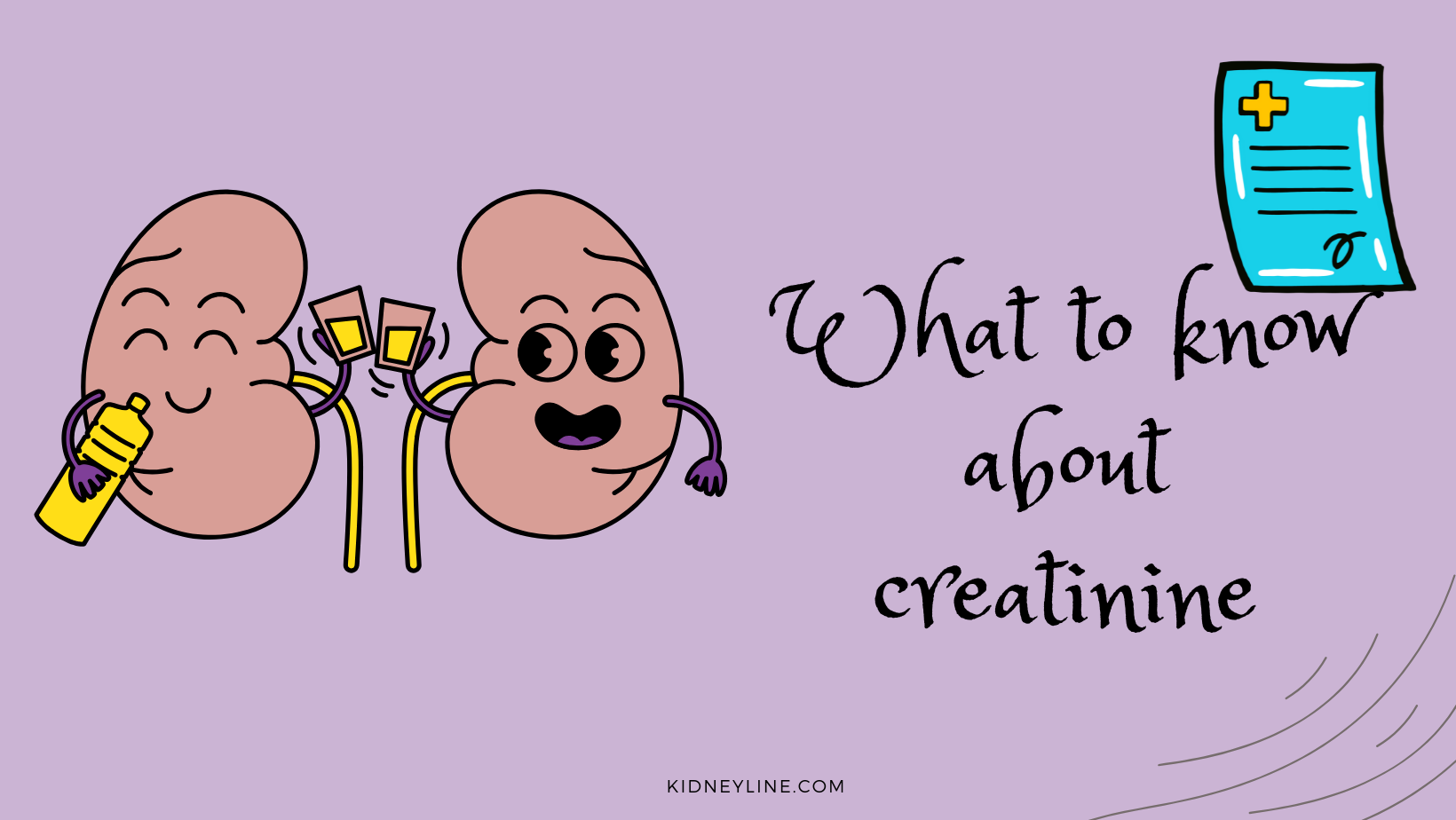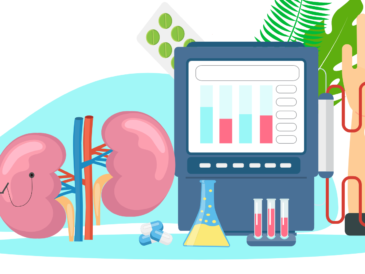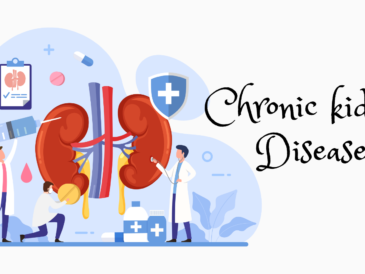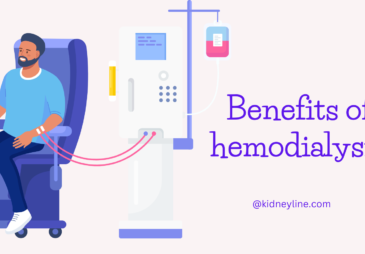You’ve just gotten your lab results back, and there it is: creatinine 1.8 mg/dL. Your doctor mentioned something about “keeping an eye on it” and “watching your numbers,” but you left the appointment with more questions than answers. What does that number actually mean? Is your kidney function declining? And if so, what happens next?
The Molecule You Need to Understand
Here’s what your creatinine level is really telling you in terms that matter for your daily life and long-term health.
Here’s what makes creatinine a useful marker: when your kidneys start struggling, creatinine begins accumulating in your bloodstream because it’s not being filtered out efficiently. That rising number on your lab report? It’s your body’s way of waving a red flag about kidney function often before you feel anything wrong.
The tricky part is that creatinine is a lagging indicator. By the time your blood creatinine starts climbing noticeably, you may have already lost a significant amount of kidney function. The kidneys are remarkably good at compensating until they can’t anymore.
The “normal” creatinine range is typically 0.6 to 1.2 mg/dL for adult women and 0.7 to 1.3 mg/dL for adult men. Your actual baseline depends on several factors: your muscle mass, age, sex, and even your diet.
Decoding the Numbers: What Normal Really Means
A bodybuilder with substantial muscle mass might have a creatinine of 1.4 mg/dL and be perfectly healthy. Meanwhile, an elderly woman with low muscle mass could have a creatinine of 1.1 mg/dL and actually have significantly reduced kidney function. This is why your doctor doesn’t just look at creatinine in isolation.
What really matters is your estimated glomerular filtration rate, or eGFR. This calculation uses your creatinine level along with your age, sex, and race to estimate how well your kidneys are actually filtering. An eGFR of 90 or above is considered normal. Between 60 and 89 suggests mild reduction in kidney function. Once you drop below 60 for three months or longer, that’s when chronic kidney disease gets diagnosed.
Here’s the sobering reality: you can lose up to half of your kidney function before your creatinine even rises above the normal range. This is why trends matter more than single numbers, and why your nephrologist might seem concerned about changes that still look “normal” on paper.
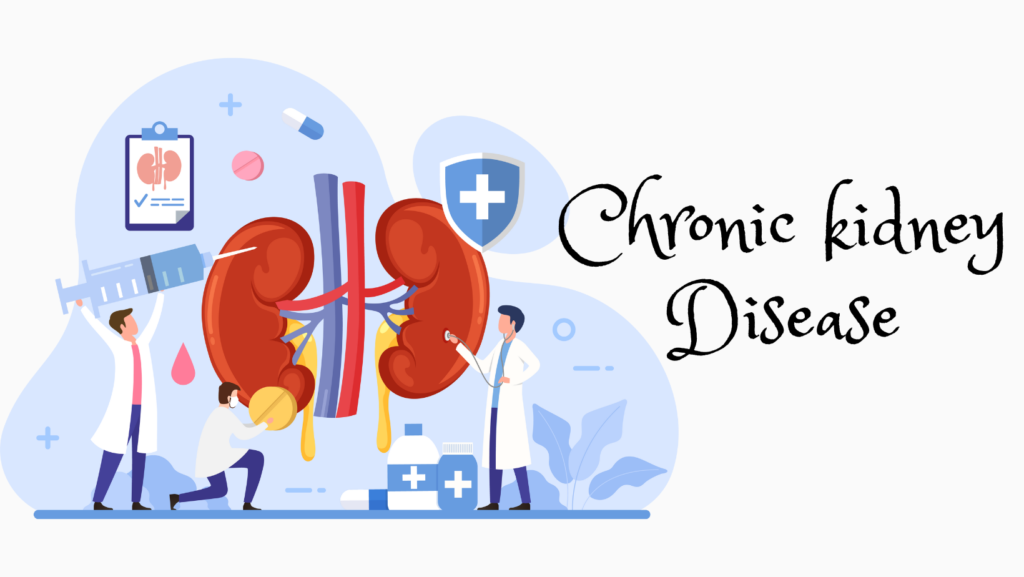
The Timeline No One Explains
When your doctor says “mild kidney disease,” it’s easy to mentally file that under “deal with it eventually.” But kidney disease doesn’t wait for convenient moments, and the window for meaningful intervention is narrower than most patients realize.
Kidney function tends to decline over time . Without intervention, someone with moderate kidney disease (stage 3, with an eGFR between 30-59) might progress to kidney failure requiring dialysis within 10 to 20 years. But here’s what makes this timeline so critical: the interventions that slow progression work best early.
Blood pressure control, specific medications like ACE inhibitors or ARBs, dietary modifications, blood sugar management for people living with diabetes aren’t just theoretical benefits. They’re proven strategies that can cut your risk of progression when implemented early. Wait until you’re in stage 4 kidney disease (eGFR 15-29), and your options become more limited.
The frustrating truth is that many patients don’t feel sick until they reach advanced kidney disease. By then, you’re managing symptoms and preparing for dialysis rather than preventing decline. This is why “let’s just monitor it” isn’t always the reassurance it sounds like. Monitoring is only valuable if it triggers action when needed.
The Questions You Should Actually Be Asking
When you see your nephrologist, don’t just ask if your creatinine is high. Here are the questions that will give you actionable information:
“What’s my current eGFR, and what was it six months ago?” You need to know your trajectory, not just your current position. A stable eGFR over time is reassuring. A declining trend, even within normal ranges, demands attention.
“What stage of chronic kidney disease am I in?” Understanding your CKD stage gives you concrete context for your kidney health. Stage 1 means kidney damage with normal function (eGFR 90+). Stage 2 indicates mild reduction (eGFR 60-89). Stage 3 is split into 3a (eGFR 45-59) and 3b (eGFR 30-44), representing moderate reduction. Stage 4 is severe reduction (eGFR 15-29). Stage 5 is kidney failure (eGFR below 15). Knowing your stage helps you understand how much reserve you have and what interventions are most appropriate now.
“What can I do to slow progression?” The answer varies by person, but usually involves blood pressure control, medication adjustment, or dietary changes. Get specific recommendations, not generic advice.
“At what point should we consider more aggressive intervention?” Understand the thresholds for medication changes, specialist referrals, or preparing for eventual dialysis. You don’t want surprises.
“Are there any medications I’m taking that could be harming my kidneys?” NSAIDs, certain antibiotics, proton pump inhibitors can accelerate kidney decline in vulnerable patients. Your medication list deserves scrutiny.
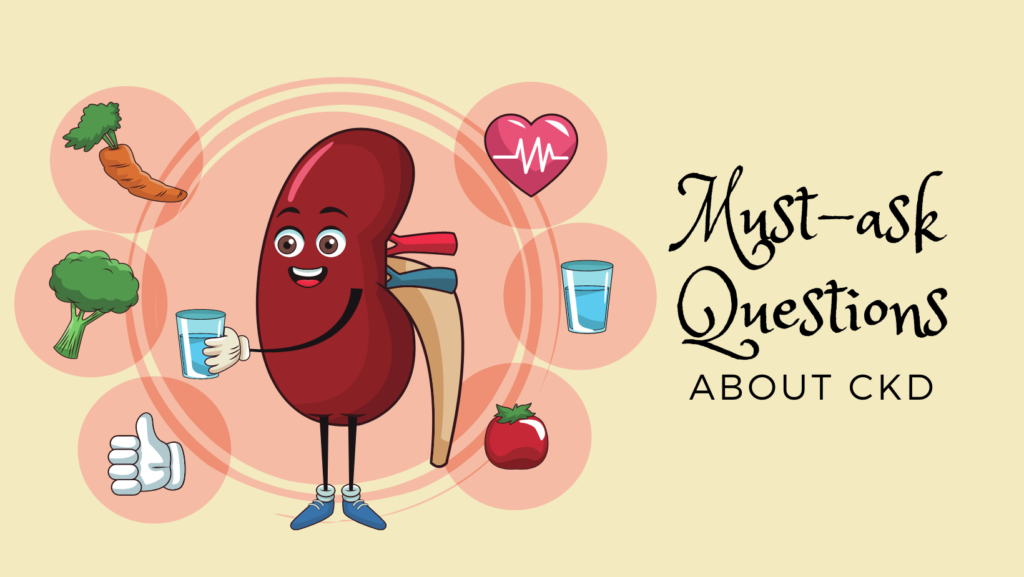
Lifestyle Changes That Actually Move Numbers
You’ve heard the standard advice: drink more water, eat less salt. That’s not wrong, but it’s incomplete. Here’s what the research actually shows makes a difference in kidney function over time:
Blood pressure control is non-negotiable. Even if you’re on medication, home monitoring matters because blood pressure variability affects kidneys. Target: below 130/80 mmHg for most people with CKD, though your specific goal may vary based on your individual circumstances.
Protein intake requires nuance. Too much protein (especially from red meat) can accelerate decline in established kidney disease. But too little protein causes muscle loss and frailty. Most people with stage 3 CKD do well with moderate protein—about 0.8 grams per kilogram of body weight daily. That’s roughly 55 grams for a 150-pound person, not the high-protein diet many Americans eat.
Plant-based eating patterns consistently show kidney benefits in research, likely because they’re lower in phosphorus and saturated fat while being high in fiber and potassium (which most CKD patients can handle until later stages). You don’t have to go fully vegetarian, but shifting the plate ratio toward vegetables and away from meat makes a measurable difference.
Blood sugar management is critical for people living with diabetes. Every 1% reduction in HbA1c translates to reduced kidney disease progression. This isn’t about perfection; it’s about consistent, moderate improvement.
Regular, moderate exercise improves blood pressure, insulin sensitivity, and cardiovascular health—all of which protect kidneys. Even 30 minutes of walking most days counts.
When Monitoring Becomes Procrastination
“Let’s just monitor it” can be appropriate, but it can also be medical code for “I don’t want to have the difficult conversation yet.” Here are red flags that mean you need more than watchful waiting:
- Your creatinine is rising rapidly across multiple tests
- You’re developing protein in your urine (proteinuria or albuminuria)
- Your blood pressure remains above target despite medication
- You’re experiencing symptoms: fatigue, swelling, changes in urination, persistent nausea
- You have diabetes or heart disease along with declining kidney function
In these scenarios, “monitoring” should include active intervention: medication optimization, dietary counseling with a renal dietitian, addressing underlying causes aggressively, and potentially getting a second opinion from a nephrologist if you’re not already seeing one.
What This Means for Your Future
Your creatinine level and eGFR provide critical information. They tell you where you stand and, more importantly, whether your current approach is working. Kidney disease progression isn’t inevitable. Many patients with early-stage CKD live full lives without ever needing dialysis, precisely because they understood what their numbers meant and acted accordingly.
The gap between knowing your creatinine is elevated and understanding what to actually do about it is where too many patients get lost. You deserve more than printouts and vague reassurances. You deserve to know what’s happening in your kidneys, why it matters right now, and what specific steps will make a difference.
So the next time you see that creatinine number on your lab report, remember: it’s not just a number to watch. It’s a signal to act, particularly while you still have kidney function to protect.
This article is for educational purposes and does not replace personalized medical advice. Always discuss your specific lab results and treatment options with your healthcare provider.
